Mary Richardson caught up with Deborah Saunt, co-founding director of DSDHA and one of the most influential women in architecture and urban design, to hear what she and the ever-innovative firm have been up to, and to learn what she thinks about the current state of the profession
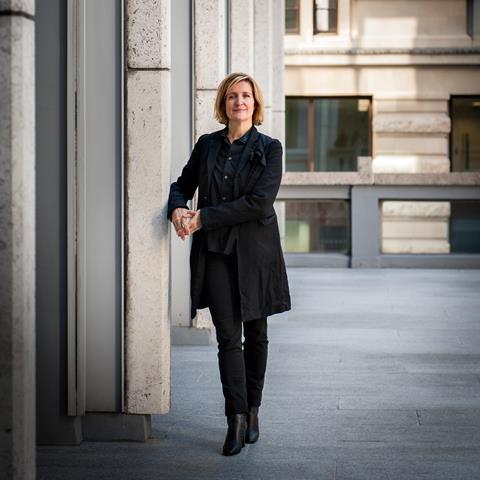
Deborah Saunt has always resisted the idea that architecture ends with the building. As both a practitioner and teacher, she has championed an expansive, democratic understanding of the built environment – one that seeks to address the boundaries between architecture and its social and political contexts.
At DSDHA, the practice she co-founded with David Hills, this outlook translates into projects that are as much about public life, spatial justice and lived experience as they are about form and detail.
Over the past two decades, DSDHA has carved out a distinctive role in the British architectural landscape. The studio’s trademark sensitivity to site and context is matched by a restless desire to ask bigger questions – about how cities work, who they serve, and what beauty means today.
In an era of standardised approaches and spreadsheet-driven placemaking, Saunt’s insistence on empathy, specificity and co-design reads less like idealism and more like a manifesto for why architecture still matters.
When BD caught up with Saunt, she was in characteristically energetic form – keen to share news of the studio’s latest work and reflect on the thinking behind it. The projects range widely in scale and context, but each carries DSDHA’s signature blend of careful research, spatial generosity and responsiveness to place.
From a new education centre at the Henry Moore Foundation in rural Hertfordshire to the long-gestating One Museum Street development in the heart of Bloomsbury, they reveal a practice as comfortable in the gallery garden as in the urban tangle of London’s West End.
One Museum Street is perhaps the more high profile of the two – a mixed-use scheme that replaces a lacklustre former Travelodge with a 19-storey office tower, alongside five and six-storey residential blocks and a new pedestrian route cutting through the site. While the development has not been without its critics, Saunt is unequivocal in her support for the landscape-led masterplan.
“It will really open up that area,” she says. “Plus, it’s 50% housing. There’s lots of lovely new landscape and, with the terraces, the office block is just looking amazing.”
DSDHA is particularly proud of replacing an old NCP car park on the site with new traffic-free public realm – a gesture that embodies the firm’s approach to making dense urban environments more humane, legible and walkable.
At the other end of the spectrum – geographically and architecturally – is the quietly ambitious work for the Henry Moore Foundation. Based in Much Hadham, the commission demanded a different kind of sensitivity.
“He’s someone I feel a great affinity for,” Saunt explains of the celebrated sculptor who died in 1986 at the age of 88. “It was good research that won us that project. We spent time getting to ‘know’ Henry Moore really well.”
That deep dive paid off. Drawing on earlier DSDHA work in Castleford – Moore’s birthplace – the practice developed a proposal that channels what Saunt describes as the sculptor’s ethos of “elegant frugality”.
“He was an amazing sculptor, but he never became pretentious,” she says admiringly. “He always paid his taxes – didn’t piss off to Switzerland like some people do.”
Artistic sensibility and early life
Saunt herself once contemplated a life as an artist, and there is a leftfield, artist’s sensibility to some of the firm’s work – the giant entrance columns to Vauxhall Pleasure Gardens, say, or the Potters Field Pavilions. DSDHA works well with other creatives, too: think of its exceptional workspaces and studios for jeweller Alex Monroe and ceramicist Edmund de Waal.
Born in Australia, Saunt lived for a time as a child in Kenya, before moving to England. Rather magically, she recalls that she started calling herself an architect from as early as 10, when she began trying to recreate the spaces she saw in her dreams.
“My itinerant childhood was suffused with influences, from horticulture and the landscape,” she explains. “Growing up in a modern house with a designed garden influenced me. My spatial intelligence matured very early on, as I was able to shape my own first spaces by draping wallpaper from branches under trees, occupying tree-houses, sheds or dens.
“I also was able to literally lay bricks with my grandfather. Being exposed to different environments in Australia and Kenya has shaped my awareness of the environment as a crucial component in architecture, and the ground on which it sits.”
At Cambridge, where she studied for her part II and III exams, Saunt met David Hills. The two became professional and personal partners, founding DSDHA in 1997; and, over the past quarter of a century, the practice has garnered a reputation for interesting, considered buildings, and successful large-scale urban-design schemes.
Along the way there have been 20 RIBA awards, two Mies Van Der Rohe prize nominations, a Stirling shortlisting – and two children.
The practice sees itself as spanning architecture, urban design and research, driven by what Saunt and Hills call “the persistent search for new forms of beauty”. At the heart of their philosophy is the idea that architecture is not just about bricks and mortar, and cities are not merely about buildings – they’re fundamentally about people.
New forms of beauty
This pursuit of “new forms of beauty” informs the practice’s building design. They made their name with some excellent schools, such as the John Perry nursery, Davenies School and Christ’s College. Then, of course, there was the Divorced House for, well, a divorced couple. And their own celebrated concrete-chic home, the sublime, semi-subterranean “brutalist cottage” Covert House in Clapham old town conservation area.
These days, DSDHA has a long roster of housing schemes to its credit, alongside an increasing number of large, mixed-use urban projects. And, when it comes to the public realm, it can feel as though there isn’t a corner of central London untouched by the DSDHA treatment – from South Molton Street and Smithson Plaza to Broadgate Plaza, Vauxhall Pleasure Gardens, Tottenham Court Road and White Horse Square in Wembley.
You find the same design popping up everywhere – the same set of materials; same sort of details; same street furniture
“We don’t see the difference between landscape and architecture: for us, it’s all one continuous environment,” Saunt says. To address today’s needs, you need to understand [a place] inside, outside and virtually. You need that holistic approach.”
Meanwhile, she is critical of the homogenisation creeping into public-realm design. “A lot of public-realm work across the country is carried out by a small group of bigger practices,” she says. “You find the same design popping up everywhere – the same set of materials; same sort of details; same street furniture.”
The problem, she argues, is as much structural as it is aesthetic. “These landscape architects will come in with ridiculously low fees,” she says. The result is often a detached approach: “What you get then is somebody who doesn’t even come to site; who is remote.”
These are, in her view, practices that prioritise delivery over depth. “They’re delivery architects who win work by undercutting because they’re not prepared to invest,” she says. “Actually, I’d go further: they’re simply uninterested in the wider urban picture.”
In-depth research
Saunt draws a clear distinction between DSDHA’s approach to public-realm work and the more superficial methods she sees elsewhere. “We spend a lot of time doing urban analysis before we do a public-realm scheme – and we get paid for that by our clients,” she explains.
This typically involves in-depth engagement: “going out and talking to 100 people, at different times of the day, at different locations around the site, asking questions. It takes a huge resource, but the information you get back is invaluable.”
That same ethos of curiosity and close observation feeds into her teaching. In one student project based in the City of London, she encouraged each participant to focus on a specific social behaviour.
“Some looked at where people were doing vertical drinking and mapped that. Others looked at where they found cigarette butts on the pavement, so we could see where people were going out for a smoke, and at whether they’re making phone calls.”
The resulting data revealed an informal network of quieter spaces tucked off main streets – intimate areas that support everyday urban rituals. “They need those intimate spaces as well as the big ones.”
Other exercises took a more playful turn. “One student was very enterprising and decided to follow people out of the investment banks and see where they went for lunch, and how far they were prepared to go for it,” she recalls with a laugh.
“He had a map with all these snail trails showing where bankers were getting their lunch. He discovered that the Rothschild folk walked the farthest for lunch!”
But the insight had serious implications. “We’ve learnt that, if you make something desirable enough, people will walk further for it,” she says.
Post-occupancy data from Broadgate Plaza confirmed the point: “People would make the effort to walk through Broadgate – which is more complicated, takes longer, and is farther – but because of the greenery they made that deviation.”
Designing in connection
From the early schools onwards, Saunt has been keen to design in human connection affirming “cities happen only where paths cross”. In a post-Covid world with many people still flexi-working, Saunt’s long-standing passion for bringing people together “in real life” to build connections seems urgent and justified.
She explains: “We’re working with the University of London now, looking at all their placemaking. Part of that is about how you get students not just to come in for lectures then leave, but to stay and develop friendships and collaborations.
Modernism was all about efficiency – but there needs to be a certain amount of friction
“It’s great for research if people hang around, and bump into each other. MIT worked out that most patents there came from departments with the most congested staircases, because that was where the most people bumped into each other.”
It is an insight that, for Saunt, goes to the heart of how public space should work. “That’s what good public space is: paths always crossing and, the more you bump into people, like in a village, the more you make friends and the more things happen.
“But you could accidentally design all that out. Modernism was all about efficiency – but there needs to be a certain amount of friction.”
Smithson Plaza
That emphasis on chance encounters and everyday users found architectural expression in DSDHA’s sensitive refurbishment of Smithson Plaza – the former Economist Plaza and the last remaining London project by Alison and Peter Smithson. A prestigious commission, it involved restoring a space that had suffered years of somewhat “unfortunate” alterations and had become tired and underused.
For enthusiasts of modernism, Saunt’s lecture on the project is well worth a watch. In it, she recalls exploring the rear of the site and striking up a conversation with a kitchen porter from the neighbouring Boodles club, who was on a break and reading his book while sitting on the kerb in the shadow of the modernist tower.
Despite working in the area for years, he hadn’t realised that the public plaza even existed – a small but telling detail about the site’s lack of visibility and poor legibility. It’s this kind of gentle engagement with users that characterises Saunt’s approach to people-centred design – the secret ingredient in what she half-jokingly calls the “Saunt sauce”.
Listening to people has recently evolved into a wider commitment to co-design. DSDHA’s Tom Greenall and former colleague Jane Wong have recently launched Co-designing Space, an online best-practice toolkit aimed at everyone from architects and local authorities to neighbourhood groups and developers.
Facing the future
The practice’s research work has developed hand in hand with Saunt’s teaching. She has taught at Cambridge, EPFL Lausanne, the Architectural Association and Yale among other institutions. She was also a founding director and long-time Trustee of the LSA, tirelessly supportive of its mission to widen access to the profession.
She still teaches there sometimes. When we meet, she has just been at one of its design think-tanks.
She says: “I used to see myself as a teacher of architecture and an architect. It took me ages to work out that it’s actually all the same thing. What I’m doing here, I’m applying there. It’s all connected.”
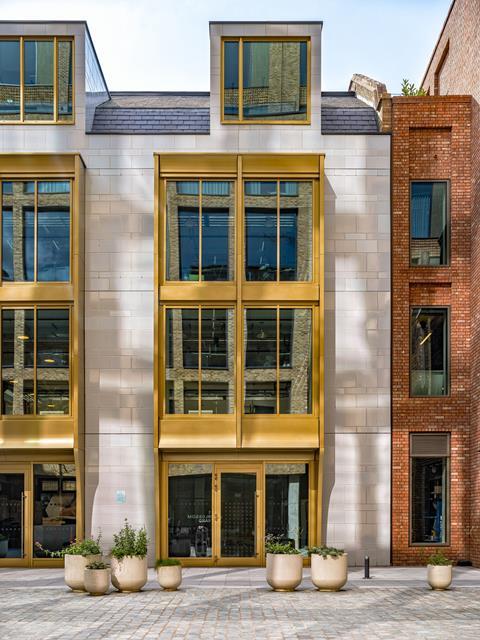
She relishes being around young people, and finds them inspiring. “I’m really shocked at how few practices employ young architects any more,” she reflects. “They are shooting themselves in the foot.
“Young people bring a completely contemporary – and future-looking – approach to what’s happening. Our confidence in dealing with data, for example, has been informed by working with young people.”
What would she say to young people entering the profession? “You’re practising architecture from the minute you think about doing it,” is her answer. “It’s not confined by the professional qualification.
The world of building buildings and managing contracts is still unacceptably macho
“It’s important to get what you want from architecture, too. So it’s not a failure to study architecture and then go off and become a client, because that’s still making architecture.
“Or, if you want to be a journalist, a heritage advisor, a planner, or set up a start-up, do it. You’re probably going to be using that same spatial intelligence. Hold on to your interests, then it’s up to you to curate your own career – you have more agency than you think.”
Women in architecture
Saunt has always been a powerful advocate for women in the profession, helping to found the Jane Drew Prize, which is now part of the W Awards. She smiles. “It’s great seeing so many more young practices with women leading and women as partners, and more women in larger companies taking key roles.
“But I think the culture of architecture is still problematic. The world of building buildings and managing contracts is still unacceptably macho.”
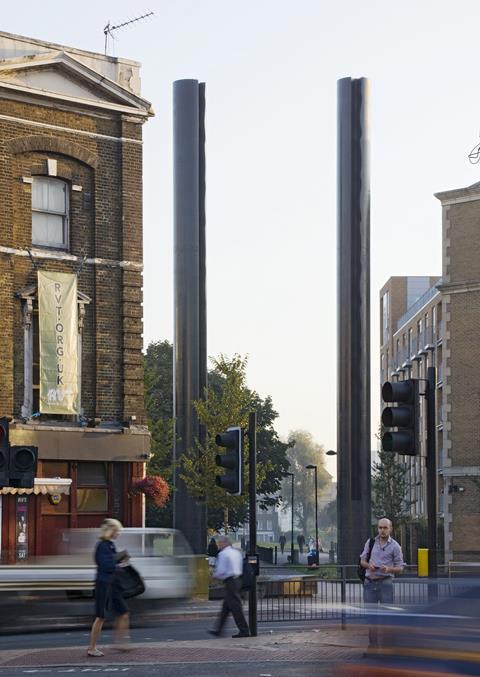
She often finds herself stepping in to try to shift that culture. “I have to do a remarkable amount of advocacy on the ground,” she says.
“I have to spend a lot of time taking people to one side and explaining: ‘Did you know people perform better if you encourage them rather than just shouting at them’?”
Despite the challenge, she insists that the conversations usually go well. “Every time I’ve done it, the blokes to whom I’ve been speaking – and it is invariably blokes – have welcomed the feedback and have taken it on board. And, after you talk to somebody, you see a measurable difference in approach.”
The issue, she adds, affects more than just women. “I think all young architects get a really hard time. It’s about a culture often, rather than it being specifically targeted at women.”
But her willingness to speak up has only grown with time. “My confidence to call things out has grown – not in a negative way, but in an encouraging way that keeps it light-hearted.”
Being yourself
“I have discovered that being yourself is why people want to work with you,” Saunt says.
That also means resisting imitation. “Being yourself means having the confidence to not just try and ape other kinds of architects, but to be an architect who believes in what they’re doing, and to stand by those beliefs and embody it in everything you do.”
This hard-won willingness to be herself unapologetically extends to running – with Hills – the kind of practice she wants to run, in the way she wants to run it. “There’s a lot of pressure to win work in a certain manner, by putting in crazy low fees, for example. But, we won’t do that. We’re not going to buy work.
“We do work pro bono for organisations. But the idea of buying work? No. I know bigger firms that take on smaller and smaller projects for lower and lower fees when times get tough, pushing out medium and smaller practices. I call it ‘bottom feeding’. We try not to do that.”
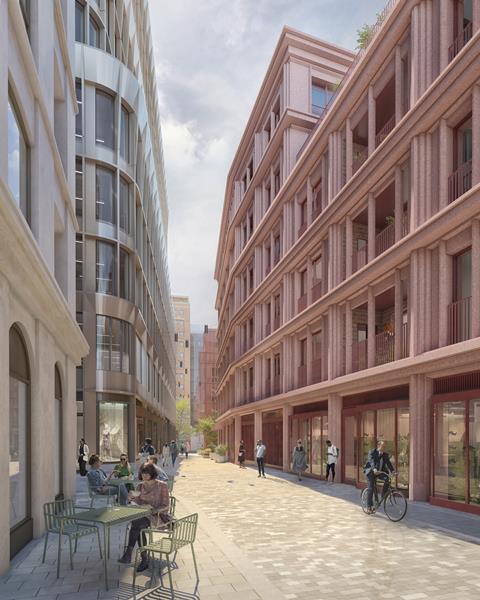
The DSDHA way always begins with “a lot of research; really investing in getting to know an area – in getting to know what local people need”. She says: “If people don’t like that, we won’t win. And that’s fine. Because that’s us being ourselves. And that’s how we work.
“We just don’t want to be cut-throat and churn out the same thing every time. Our buildings are known for looking different. We don’t do cookie-cutter. And we don’t put financial gain above the welfare of ourselves and our team.”
Saunt believes the right clients recognise and value DSDHA’s rigorous, research-led approach. “I think people can see the value,” she says, particularly on complex projects involving large CIL contributions or planning hurdles where demonstrating social value is essential.
Increasingly, clients turn to the practice not just for design, but for strategic insight. As Saunt puts it: “They tell us, ‘You’re doing the job we normally pay a different consultant to do’.”
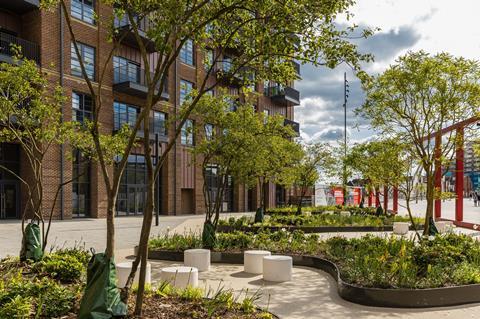
That includes identifying ways to embed community benefit – whether by bringing in local schools to use large spaces for assemblies, or providing workspace for emerging jewellery makers – drawing on the networks DSDHA has built through years of engagement.
For her, it’s a matter of mutual appreciation: “I’m constantly amazed at how incredible clients are. I’m still flabbergasted that in our society we still trust people to do a good job. I know there’s insurance and liabilities and codes. But, as a profession, we underestimate what being a client is like.
“I’m not saying this to curry favour. Having been my own client, and having commissioned work like the reception desk at RIBA, for example, I can tell you commissioning work – good work – is really, really hard.
All about empathy
“Architects need to get more into the mindset of what being a client is like, as well as what being a member of the public is like. We need to develop super levels of empathy for clients, for the general public, and for those who feel excluded.”
Of course, even with superhuman levels of empathy, you cannot please everyone, and several recent projects have involved protracted battles with planners. But the firm has ultimately got them over the line.
Another of Saunt’s maxims is: “It’s about ‘making things happen’ as much as it is about ‘making things’ themselves.”
Equally, what makes DSDHA’s best work distinctive is not just its grounding in consultation, but a certain quirky creativity – one born not of co-design by committee, but of inventive thinking by individuals. And it is easy, all too often, to forget that quirkiness is something that can be designed out.
One of DSDHA’s earliest commissions – the now-celebrated Tickle Cock Bridge in Castleford – captures many of the themes that still define the practice today. A modest pedestrian underpass transformed with characteristic care, it involved a land swap, a Christmas Day track closure to allow widening, and the addition of a theatrical red-velvet bench.
Most memorably, the project saw the reinstatement of the underpass’s historic, unvarnished name – enthusiastically embraced by the local community despite initial resistance from the council.
It is a project that speaks volumes about Saunt’s approach: collaborative, playful and unafraid to challenge convention. More than two decades on, that spirit continues to animate her work – not in pursuit of spectacle or signature style, but in a persistent commitment to shaping places where public life can truly flourish.


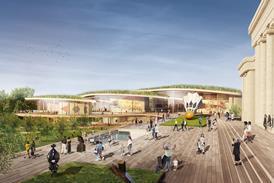

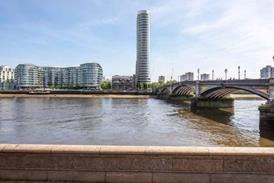
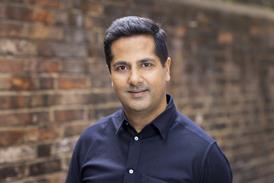



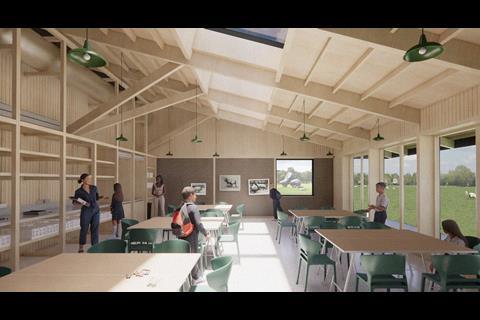
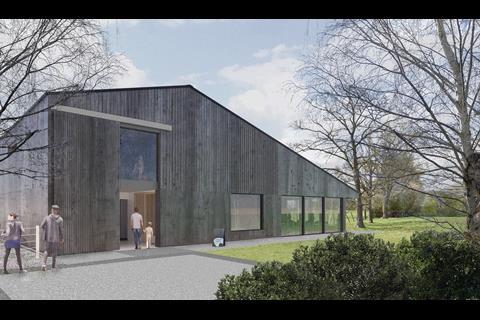
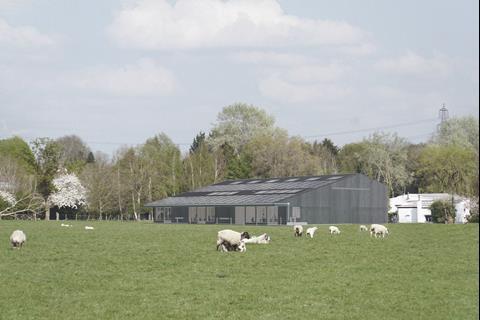
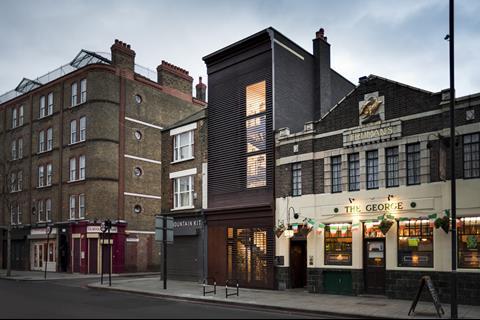
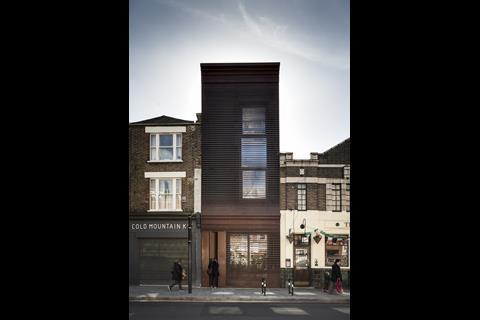
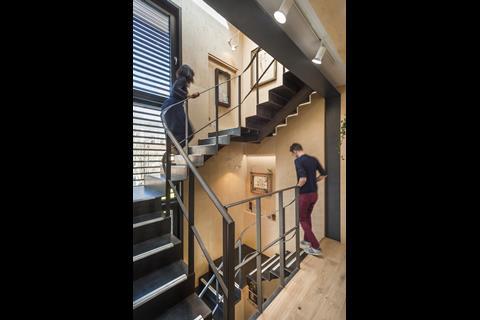
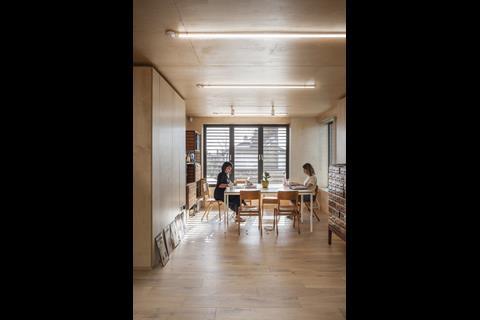
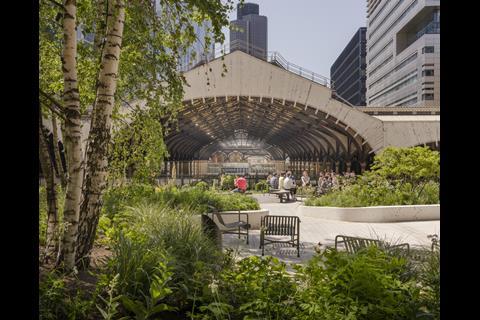
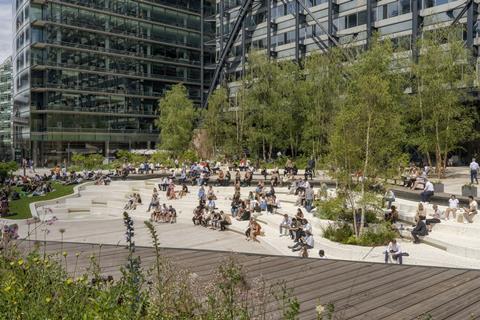
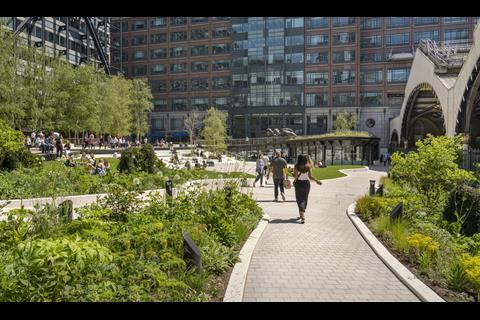
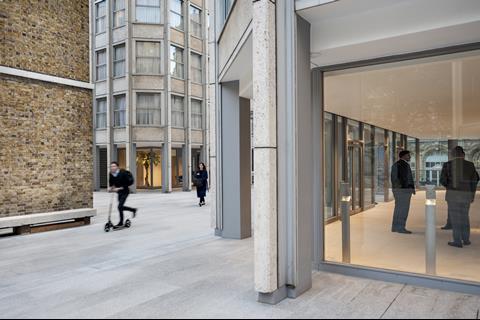
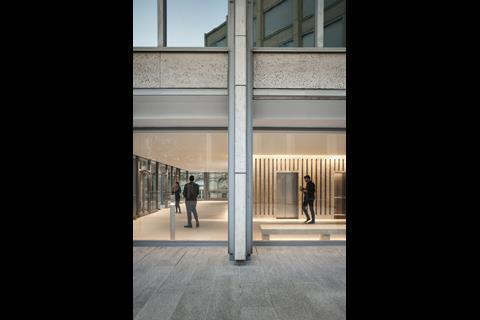
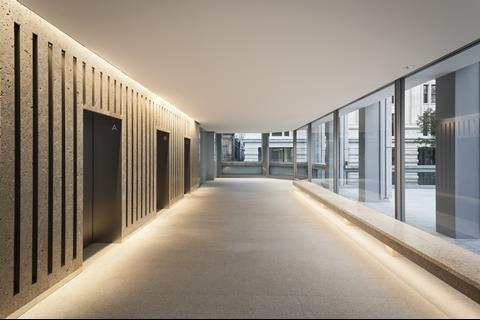
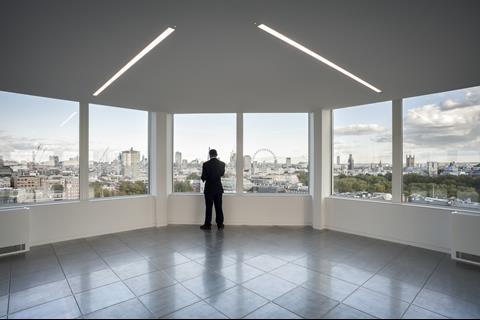







No comments yet